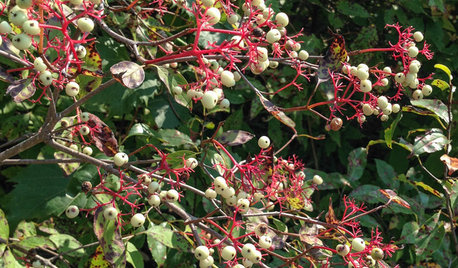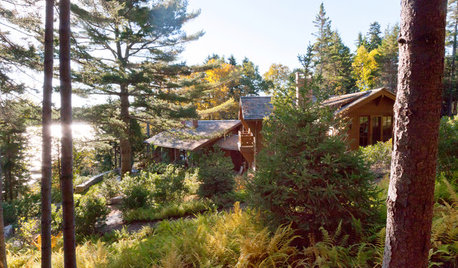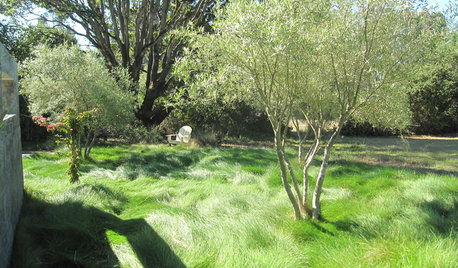Soil Erosion
peter_6
16 years ago
Related Stories

LANDSCAPE DESIGNErosion Control for Your Seaside Garden
Learn how to protect the soil and plants on your shoreline for a beach landscape that lasts
Full Story
GARDENING GUIDESHow to Pick a Mulch — and Why Your Soil Wants It
There's more to topdressing than shredded wood. Learn about mulch types, costs and design considerations here
Full Story
GARDENING GUIDESGrow a Beautiful Garden in Alkaline Soil
Got alkaline soil? Learn how to manage it and the many beautiful plants that will thrive in this ‘sweet’ soil
Full Story
GARDENING GUIDESGet the Dirt on Your Garden’s Soil
Understand how your soil supports your plants so you can ensure your garden’s success
Full Story
GARDENING GUIDESGardening Solutions for Dry, Sandy Soils
Has your desert or beachy site withered your gardening creativity? Try these ideas for a beautiful, easy-care landscape
Full Story
GARDENING GUIDES10 Solutions for Soggy Soil
If a too-wet garden is raining on your parade, try these water-loving plants and other ideas for handling all of that H2O
Full Story
GARDENING GUIDESGreat Design Plant: Bugle Weed, a Quick Ground Cover
It’s highly adaptable, suppresses weeds, reduces erosion and provide weeks of bright flowers. Just watch for invasiveness
Full Story
GARDENING GUIDESGreat Design Plant: Cornus Racemosa
In eastern North America, plant gray dogwood for erosion control or privacy, and you'll get flowers, berries and maroon fall foliage too
Full Story
GARDENING AND LANDSCAPINGSublime Coastal Woods Gain a Healthy New Foothold in Maine
Erosion was threatening, and much of the wildlife had fled. See how a homeowner and her landscape architect drove back the danger
Full Story
GARDENING AND LANDSCAPING7 Ornamental Grasses for Coastal Gardens
These hardy seashore plants evoke the ocean, sway in the breeze and help prevent sand erosion in the landscape
Full StoryMore Discussions








wayne_5 zone 6a Central Indiana
dchall_san_antonio
Related Professionals
Milwaukee Landscape Architects & Landscape Designers · Bellefontaine Neighbors Landscape Contractors · Fort Payne Landscape Contractors · Galt Landscape Contractors · Harvey Landscape Contractors · Plantation Landscape Contractors · Point Pleasant Landscape Contractors · Thonotosassa Landscape Contractors · Baton Rouge Decks, Patios & Outdoor Enclosures · Braintree Decks, Patios & Outdoor Enclosures · Frederick Decks, Patios & Outdoor Enclosures · Mobile Decks, Patios & Outdoor Enclosures · Novi Decks, Patios & Outdoor Enclosures · Parker Decks, Patios & Outdoor Enclosures · Decks, Patios & Outdoor Enclosurespnbrown
wayne_5 zone 6a Central Indiana
pnbrown
pnbrown
dchall_san_antonio
marshallz10
pnbrown
marshallz10
pnbrown
marshallz10
pnbrown
marshallz10
dchall_san_antonio
marshallz10
pnbrown
david52 Zone 6
marshallz10
pnbrown
peter_6Original Author
dchall_san_antonio
marshallz10
pnbrown
dchall_san_antonio
marshallz10
dchall_san_antonio
marshallz10
dchall_san_antonio
pnbrown
marshallz10
dchall_san_antonio
marshallz10
pnbrown
peter_6Original Author
reg_pnw7
marshallz10
peter_6Original Author
marshallz10
wayne_5 zone 6a Central Indiana
peter_6Original Author
peter_6Original Author
marshallz10
pnbrown
marshallz10
pnbrown
marshallz10
pnbrown
marshallz10
jolj